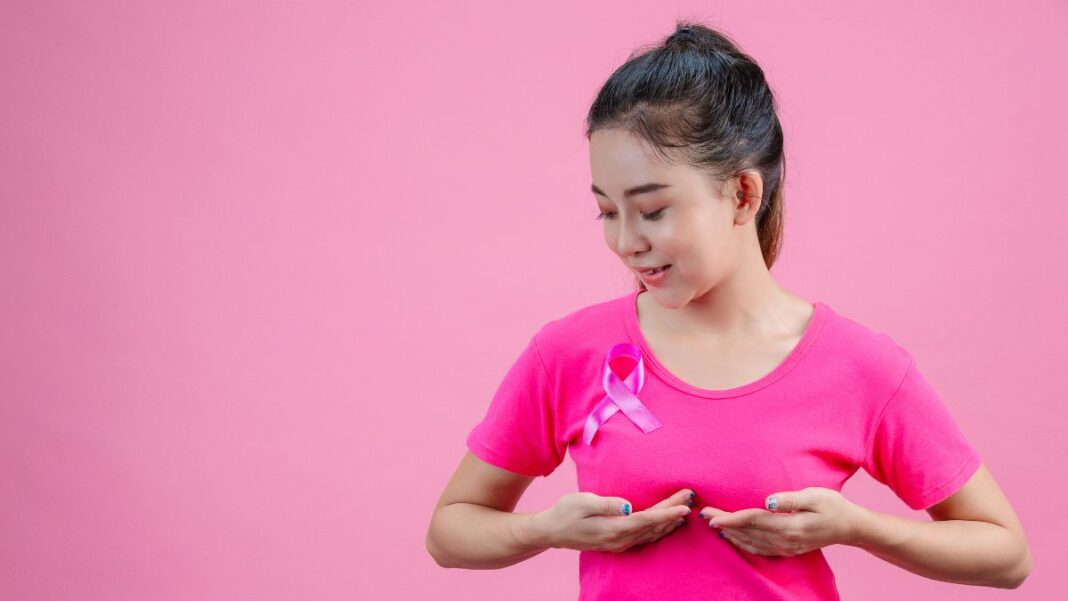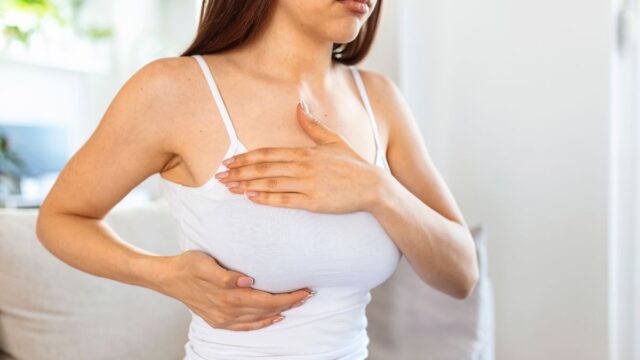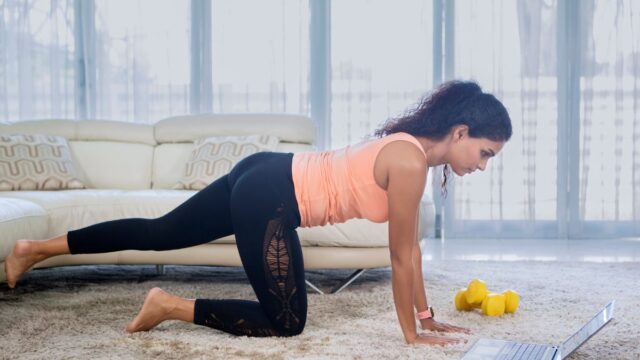A breast self-examination is essential for all teenage girls and women who have reached adulthood. The objective is to detect the presence of a lump and any other apparent changes in your breasts, using your hands and sight. These new changes might be an indication of an underlying medical condition like breast cancer. Under such circumstances, you need to see a doctor immediately. However, don’t panic because not all of these changes point towards a serious health condition. Do a thorough five or six steps of breast self-examination, about which we will discuss later in the article.
Why Is A Breast Self-Exam Important?
A breast self-exam isn’t always effective in diagnosing breast cancer, although it’s often recommended that you do so once a month to report changes promptly. The exam initiates you to the appearance and feel of your breasts, enabling you to notice abnormalities.
2 Types Of Breast Self-Examination
The following types of self-exam will assist in determining the best time for breast self-examination.
1. For Those Who Menstruate:
If you experience regular periods, follow a thorough breast self-examination steps after your periods every month.
2. For Those Who Have Reached Menopause:
It is generally advised that you conduct a breast self-exam once a month, on or around the same time, to detect apparent changes that may be indicative of an infection, breast disease, or breast cancer. Select a convenient date that’s easy for you to remember – first or last day of the month, your favourite number, or your date of birth, and undertake the test on your chosen day every month.
Irrespective of whether you menstruate or have reached menopause, maintain a journal for noting down your observations in detail or do so on your phone, so you can look back at these scribblings as a reference, if required.
5-Step Breast Self-Examination Process
How to check for breast lumps? The below breast self-examination steps will guide you regarding how to check for breast cancer.
Step 1
- Stand in front of the mirror with hands on your hips, and a straight backbone and shoulders. Notice whether your breasts are the usual colour, size, and shape.
- Bring it to the doctor’s attention if you observe anything unusual, specifically if you see puckering up of the nipples, dimpling, or bulging of the skin. Puckered up or inverted nipple is usually one of the primary symptoms of breast cancer. That apart, also check for inflammation, soreness, rashes or redness on your breasts.
Step 2
Stand in front of the mirror, raise your arms, and do the same check again, as we just discussed above.
Step 3
Remain standing in front of the mirror and check for signs of breast fluids being secreted by one or both your nipples. This secretion may be milky, watery, yellowish, or even blood.
Step 4
Conduct a physical examination of your breasts while lying down, to check for the presence of lumps or other abnormalities.
- Check your right breasts with your left hand and your left breast with your right hand.
- Touch your breasts lightly yet firmly with the fingers kept together in a flat position.
- Press down with your fingers and make circular movements of about 1-inch diameter. Cover the entire portion of your breasts – right from your armpits to the cleavage and from below your collarbone to the top of your abdomen.
- Start from the nipple and move gradually towards the edge of the breast. Alternatively, you can move your fingers vertically, making sure to feel all the tissues originating at the front of the breasts and moving towards their back. Take care to use light pressure over the skin and tissues, medium pressure for tissues at the middle of your breast, and firm pressure on the deep tissues at the back. Note that the second method works better for a significant population of women.
Step 5
Sit or stand in front of a mirror after a shower and repeat the same process as discussed in step 4, to conclude breast examination steps.
Do all the 5 breast self-examination steps to bring down the chances of developing breast cancer.
When Should You Consult A Doctor?
Set up an appointment with the doctor as soon as you notice or feel any of the below:
- A knot-like growth or hard lump near your underarm.
- Redness, swelling, pain, or unusual warmth on your breasts
- Rashes, itching, scales, or sores
- Puckering or dimpling of nipples, or bulges on the skin of your breasts
- Inverted or pushed in nipples instead of its usual appearance of protruding out
- Discharge of blood from your nipples
6 Additional Breast Care Tips
1. Maintain A Healthy BMI
Make sure your Body Mass Index (BMI) is never over 23 throughout your life. Increased weight raises the risk of developing breast cancer.
2. Include Certain Fruits & Veggies In Your Diet
Vegetables like cabbage, cauliflower, and broccoli, along with berries, cherries, tomatoes, carrots, and dark leafy veggies reduce the risk of breast cancer. From among fruits, don’t forget to incorporate citrus fruits in your diet.
3. Restrict Your Alcohol Intake
Consumption of alcohol is one of the leading factors of breast cancer. Women who take more than two glasses of alcohol in a day are at a higher risk of being diagnosed of breast cancer than those who restrict their alcohol intake to less than two glasses per day or none at all.
4. Kick The Butt
Smoking increases the risk of developing breast cancer and other health conditions of the breast.
5. Follow A Fitness Routine
Exercise for at least 30 minutes a day and lead an active lifestyle. Decide on a fitness regimen that holds your interest – one that you know you’ll be able to sustain.
6. Plan A Family
Having a child before the age of 30 and breastfeeding your first newborn for at least 6 months slightly lowers the risk of developing breast cancer.
Apart from these above lifestyle changes, don’t forget to follow the breast examination steps once every month.
Breast cancer isn’t the only medical condition of your breasts. There are other health conditions too that you may develop. However, fret not, because the above-mentioned lifestyle changes will help you lower the risk of you developing such health conditions. To add to that, also make sure to do a breast self-examination once every month to know whether you need immediate intervention of a doctor.
Open up like never before and participate in conversations about beauty, mental health, menstrual & sexual health, and more. Desi women, join our community NOW!



